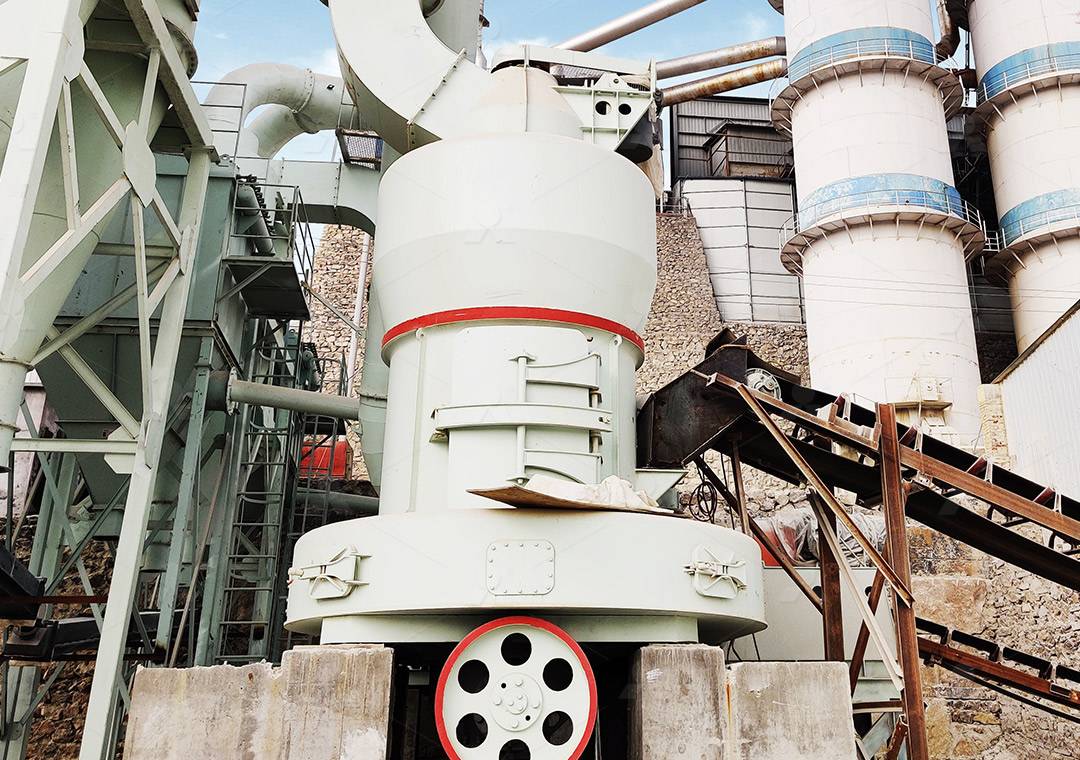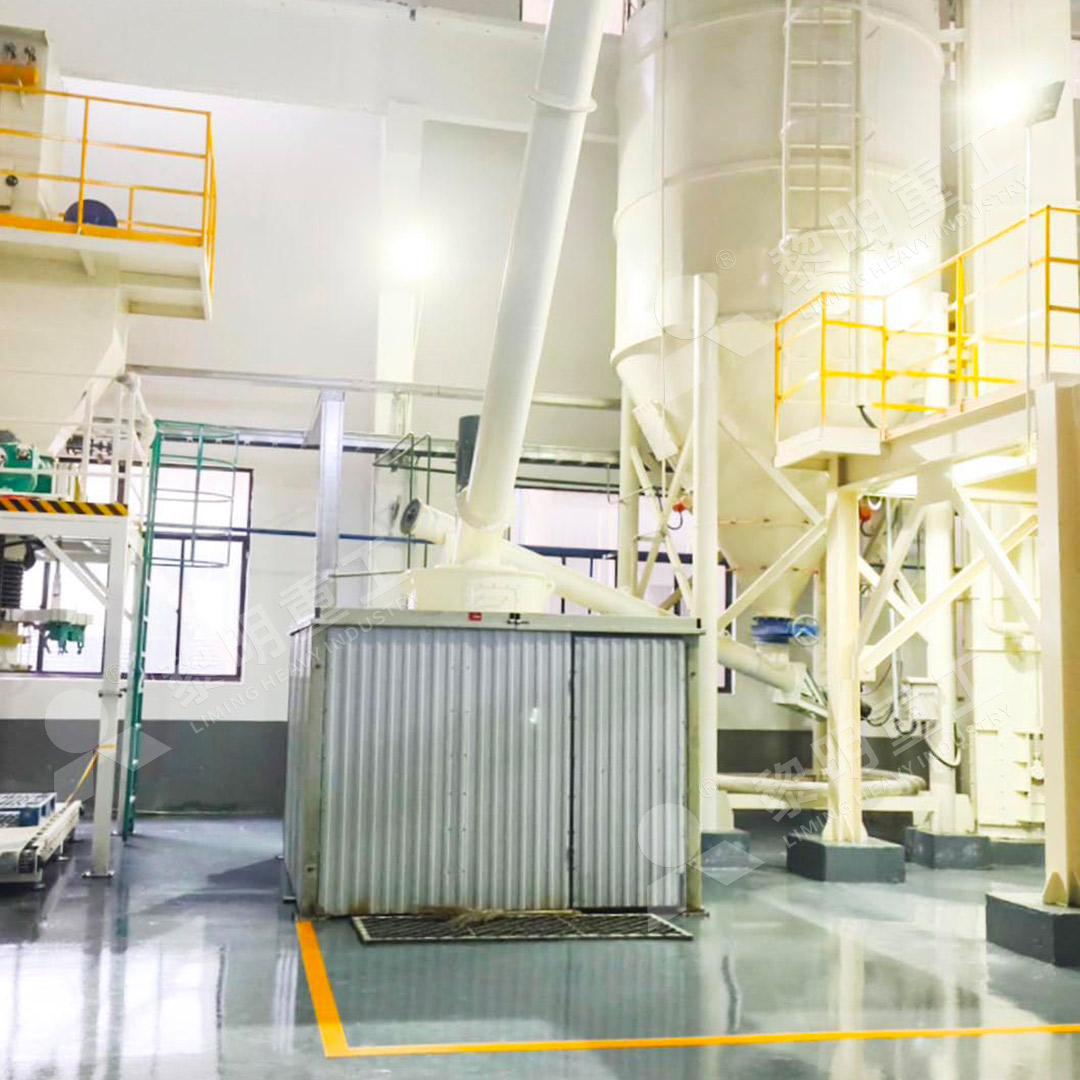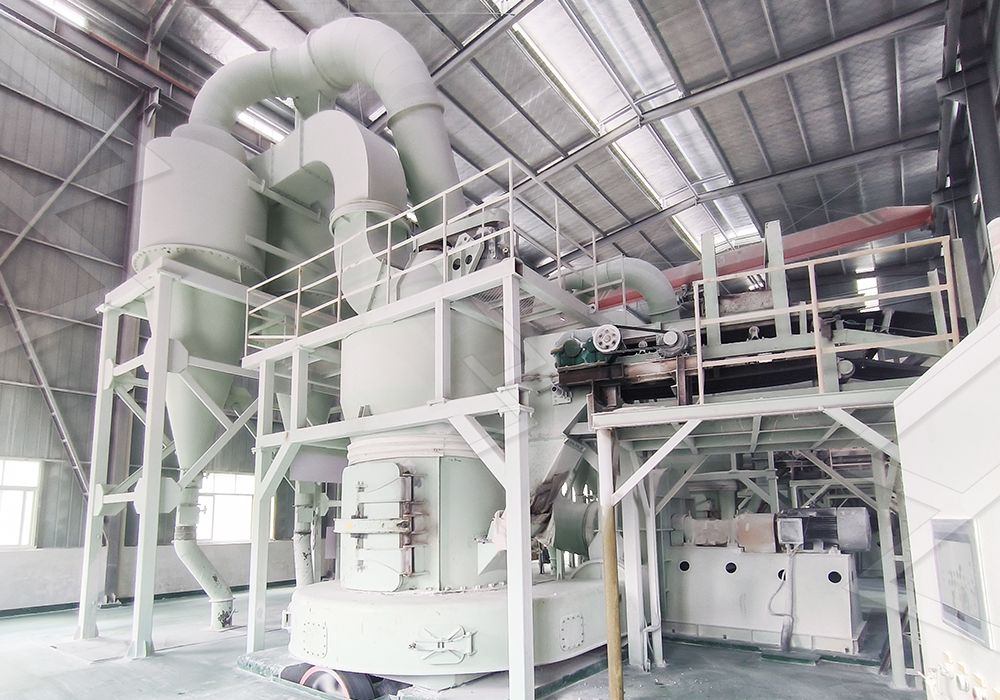Are Cement Grinding Mills Considered Obsolete Equipment?
Are Cement Grinding Mills Considered Obsolete Equipment?
The cement industry has undergone significant technological transformations over the past decades, leading many to question whether traditional grinding mills still hold relevance in modern production facilities. While older ball mill systems certainly show their age compared to contemporary solutions, the broader category of cement grinding equipment remains absolutely vital—it has simply evolved.
The perception of obsolescence primarily applies to inefficient, energy-intensive technologies that fail to meet today’s demanding requirements for productivity, environmental compliance, and operational cost control. What many industry professionals discover is that modern grinding solutions have transformed dramatically while maintaining their fundamental purpose in the cement production process.

The Evolution of Grinding Technology
Traditional ball mills, once the industry standard, have indeed been largely superseded by more efficient designs. These older systems suffered from high energy consumption, significant heat generation, and limited particle size control. The contemporary market offers vertical roller mills, roller presses, and advanced hybrid systems that deliver superior performance across all metrics.
Modern grinding equipment addresses the core limitations of earlier generations through innovations in grinding mechanics, material flow optimization, and integrated classification systems. The result is equipment that produces precisely controlled particle size distributions while consuming 30-50% less energy than traditional solutions.
Where Modern Grinding Mills Excel
Today’s advanced grinding systems offer compelling advantages that keep them firmly in the category of essential rather than obsolete equipment:
- Energy Efficiency: Modern designs dramatically reduce power consumption through optimized grinding mechanics and reduced friction
- Precision Particle Control: Advanced classification systems enable precise control over product fineness and particle distribution
- Environmental Compliance: Integrated dust collection and noise reduction features meet stringent regulatory requirements
- Operational Flexibility: Quick-adjustment capabilities allow producers to respond to changing market demands
- Reduced Maintenance: Innovative designs minimize wear part replacement frequency and simplify servicing procedures

Modern Solutions for Contemporary Challenges
For operations requiring ultra-fine powder production, the MW Ultrafine Grinding Mill represents the current state of the art. With an input size capability of 0-20 mm and capacity ranging from 0.5-25 tph, this system delivers exceptional performance for limestone, calcite, dolomite, and various industrial minerals.
The MW series incorporates several groundbreaking features that demonstrate how far grinding technology has advanced. Its innovative design eliminates rolling bearings and screws within the grinding chamber, addressing common failure points that plagued earlier equipment. The integrated pulse dust collector and muffler system ensures environmental compliance while maintaining operational efficiency.
Perhaps most impressively, the MW Ultrafine Grinding Mill achieves fineness adjustment between 325-2500 meshes with screening rates achieving d97≤5μm in a single pass. This precision, combined with energy consumption reductions of up to 70% compared to jet mills, positions this equipment as anything but obsolete.
The Verdict on Obsolescence
While specific outdated models have certainly been superseded, the category of cement grinding mills remains critically important in modern industrial operations. The key distinction lies between obsolete designs and contemporary systems that incorporate decades of technological advancement.
Forward-thinking operations recognize that upgrading to modern grinding equipment represents one of the most impactful investments they can make. The combination of energy savings, production quality improvements, and reduced environmental footprint delivers rapid returns while future-proofing operations against evolving regulatory requirements.

Frequently Asked Questions
Are traditional ball mills completely obsolete?
While largely replaced in new installations, some ball mills remain in operation where retrofitting isn’t economically justified. However, they’re significantly less efficient than modern alternatives.
What’s the primary advantage of modern grinding mills?
Energy efficiency represents the most significant improvement, with modern systems typically consuming 30-50% less power while producing superior product quality.
Can older mills be upgraded to modern standards?
Limited retrofits are possible, but complete replacement typically delivers better long-term value due to fundamental design differences.
How important is particle size control in modern applications?
Extremely important. Modern construction materials and industrial processes require precise particle distributions that only advanced grinding and classification systems can reliably produce.
What about vertical roller mills versus traditional horizontal designs?
Vertical designs generally offer superior energy efficiency, smaller footprint, and better drying capabilities, making them preferred for most new installations.
